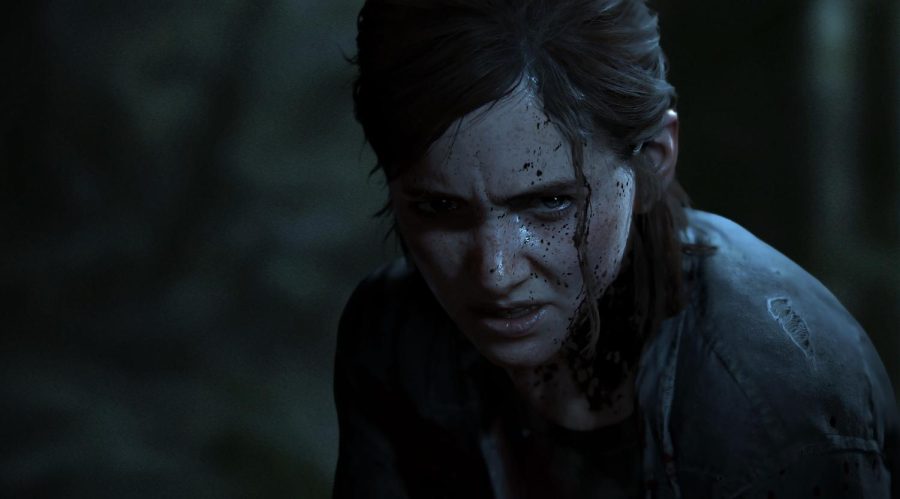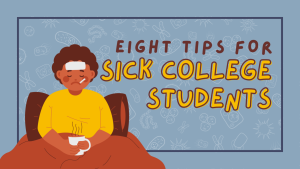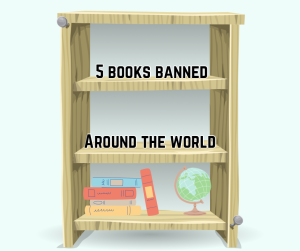“The Last of Us Part II” sets the bar for video game storytelling
“The Last of Us Part II” is the sequel to “The Last of Us.” It follows Ellie and her obsession to seek revenge against those who wronged her. (Photo courtesy of PlayStation Studios)
April 19, 2023
*This review contains massive story spoilers for “The Last of Us Part II”*
I consider “The Last of Us” one of the greatest games ever made. With its emotional and enthralling characters, it proved that video games can house excellent storytelling. The audience reaction was very similar. If you ask anyone who has played “The Last of Us,” there is a good chance they’ll list it as one of their favorite games.
“The Last of Us Part II” is much more complicated in terms of its story and reception.
“The Last of Us Part II,” released June 19, 2020, is the sequel to “The Last of Us,” which released seven years prior on Nov. 15, 2013. The sequel is an action-adventure game played from a third-person perspective featuring elements of the survival horror genre. The player can use firearms, improvised weapons and stealth to defend against hostile humans and cannibalistic creatures infected by a mutated strain of the Cordyceps fungus.
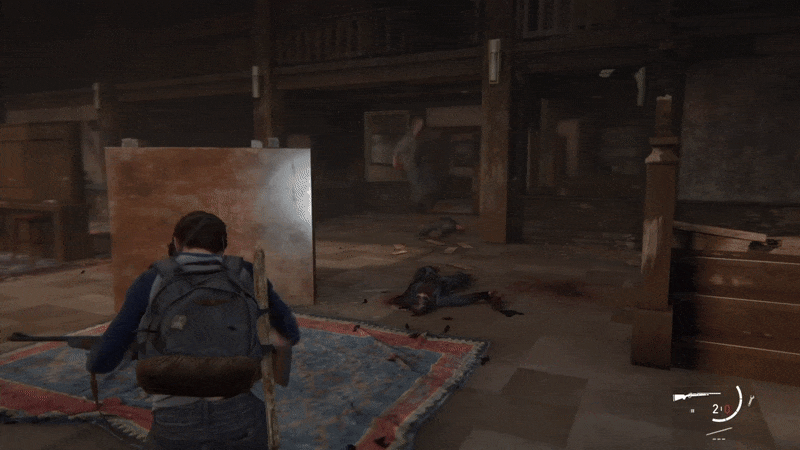
The story takes place five years after the events of the first game. You play as Ellie, voiced by Ashley Johnson, as she travels the United States hunting another group of survivors to carry out justice and find closure. As she hunts those responsible one by one, she is confronted with devastating physical and emotional repercussions.
This game had a lot of hype building toward it, being a sequel to one of the most celebrated video games in history. Ever since the reveal trailer in 2016, there was nothing but excitement building for this game.
Then in 2020, a few months before the release, the plot was leaked to the internet.
All that excitement building was brought down by leaked plot points. I was one of the unfortunate people who had the game spoiled right before its release. Initially, I was split on whether this new game would be as excellent as the first or a sequel ruined by poor writing.
What I got was one of the most unique and emotionally devastating experiences I have ever experienced in a video game.
Brutal, enthralling gameplay:
I would argue that the gameplay of “The Last of Us” was its weakest aspect. Even though there was a lot of flexibility in how the player could tackle different encounters, the gameplay felt clunky and unresponsive at times. What hurts it more is comparing it to Naughty Dog’s other franchise, “Uncharted,” which has some of the best gameplay for a third-person shooter. “Uncharted” just thrashes the first game in terms of raw gameplay.
While “The Last of Us Part II” doesn’t quite reach the same level as the “Uncharted” franchise, it is a large improvement from the first game.
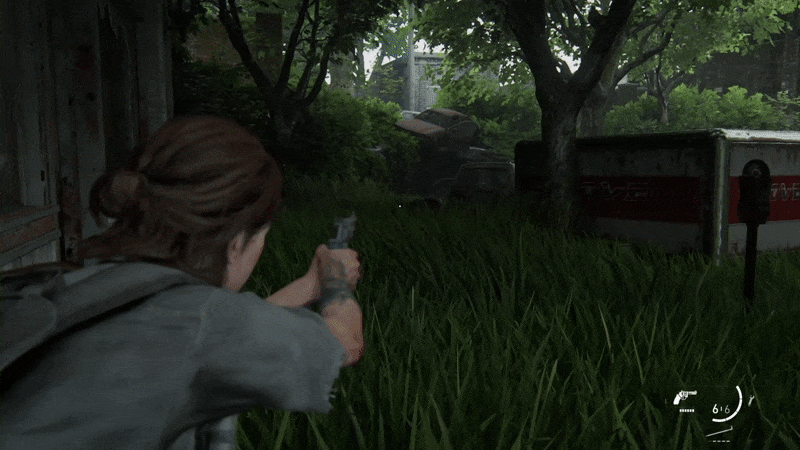
The hide-and-seek style of combat from the first game has been improved dramatically. Stealth is a lot more engaging, as there are many avenues to go about sneaking around. The player can use tall grass to hide from enemies, lie under cars to sneak past large groups and craft suppressors and arrows to quietly take down single targets. The player can even use glass bottles and bricks to lure infected toward human enemies to save resources.
For aggressive gameplay, melee and firearms feel much more responsive, allowing the player to quickly kill an enemy and run to cover to switch back into stealth. The most notable addition is the ability to craft ammo and explosives. This larger emphasis on the aggressive playstyle allows aggressive gameplay to be a lot more viable than in the first game, in which stealth was strongly encouraged and almost required.
What really allows the gameplay to shine as brightly as it does is the world the player fights in. The decision to base nearly the entire game in an overgrown Seattle allows for so much flexibility. The level design is so large and sprawling that there are as many different ways to approach the enemies as there are to defeat them. Crawling under a car or running on a rooftop really allows the world to feel much more alive and the player much more aware of what they are doing.
There comes a point when fighting human enemies that the player realizes the grotesque actions they are committing. They cry out for their comrades and beg for their lives, an aspect of combat I have never seen before. The brutality in the gore is especially shocking with not only how much there is but how realistic it looks. The fact that a game is able to connect to the player through their play decisions is a marvel in both gameplay and writing.
This is where I discuss major spoilers of the story. I will be going into specific detail about major plot points as I feel this review would not be given justice if I did not, so this is your last chance to turn back.
Joel
Since the ending of “The Last of Us,” Joel cemented himself as one of the most beloved video game characters. I think most people expected him to have an unhappy ending in this game, but no one expected it to go down as it did.
As I stated in my review of “The Last of Us,” Joel grows from a husk of a person into someone who can let his guard down and open up to new people. This development carries over, as Joel is a much softer and more open person in “The Last of Us Part II.” No longer is it his gut reaction to mercilessly kill everyone that crosses him, and in the end, it’s this development that leads to his demise.
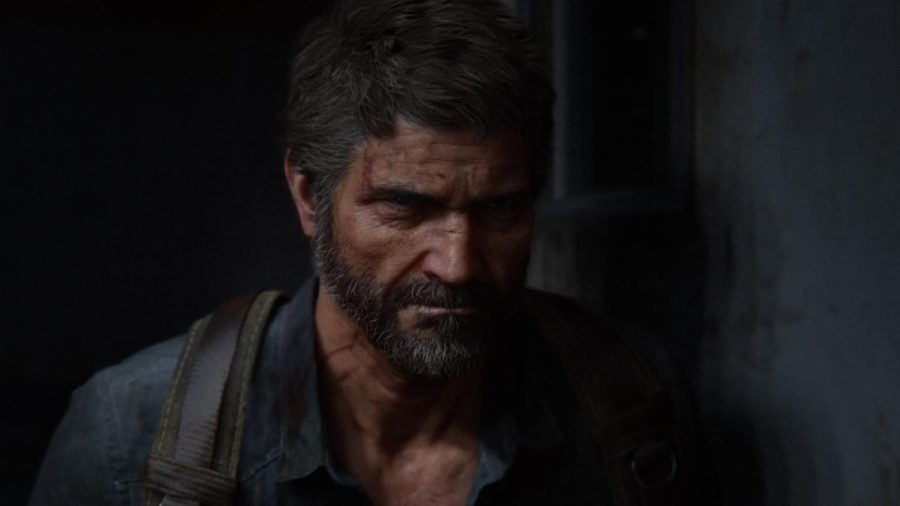
The first hour of the game fills the player with a false sense of security before they are led to witness the most devastating scene, Joel’s death. It isn’t some sacrifice to save Ellie or a result of some other situation that would make the player feel better. Rather a brutal act of hate done by Abby, a former Firefly, in response to Joel killing her father at the end of the first game. What really hammers home the horror and tragedy of the scene is Ashley Johnson’s performance as she begs them to stop and swears to kill her.
Ellie
At this point, the player is in sync with Ellie and her goal: travel to Seattle and take revenge on the people who killed Joel.
Seattle as a setting really compliments Ellie’s journey for revenge. When the player enters Seattle, it is a nice day with a bright blue sky. The character dialogue is focused but fun and reminiscent of Joel and Ellie’s conversations in the first game. Things only begin to shift once Ellie kills the first person on the list.
Once this happens, the level design becomes a lot more hazardous, and the weather worsens. The sky turns gray, and the banter that was present before is a lot more one-sided as Ellie’s intentions are called into question.
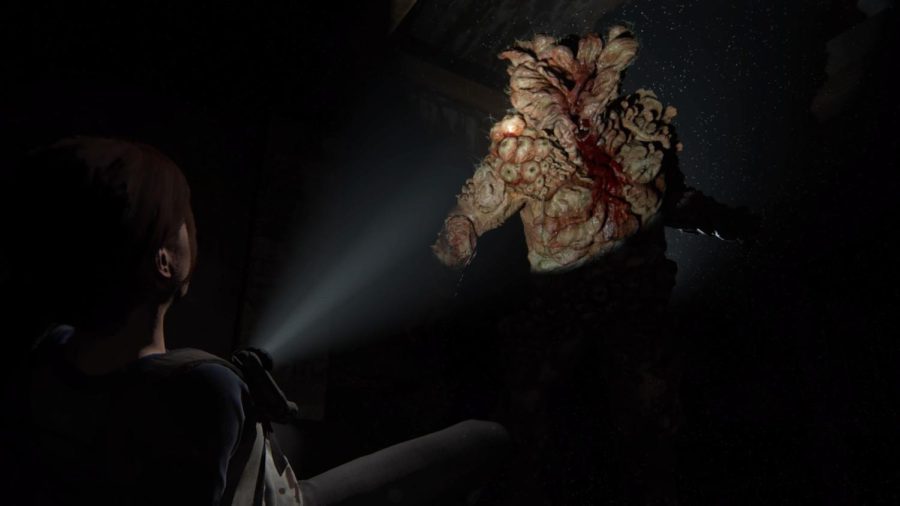
On day two, the sky is a constant shade of dark gray, threatening Ellie as she traverses Seattle. The environment becomes a lot more hostile as people and the infected increase in number. All the while, the gameplay slowly turns the player and Ellie into a killing machine. Ellie and the player take their pain and hatred all the way to the end of day two, when they torture and kill one of the people who killed Joel. By pressing a single button to torture someone, it is shown that Ellie’s mission is no longer driven by logic or a need for revenge anymore. Instead, it is an obsession to kill everyone at any cost. This quest is fueled by emotion, an infuriating numbness and pain.
Between each day, flashbacks are shown that take place between the ending of the first game and the beginning of the second. These scenes show the strain of Ellie and Joel’s relationship as the lie Joel tells Ellie about the Fireflies is called into question. If the death of Joel was hard to watch, the scene of Ellie breaking down crying after she learns the truth and then hating Joel brings the story to a whole new context. Ellie isn’t hunting Abby just because she loved Joel. Ellie feels like she wasted the last few moments she had with him. Now that Joel is gone, she can’t take it back.
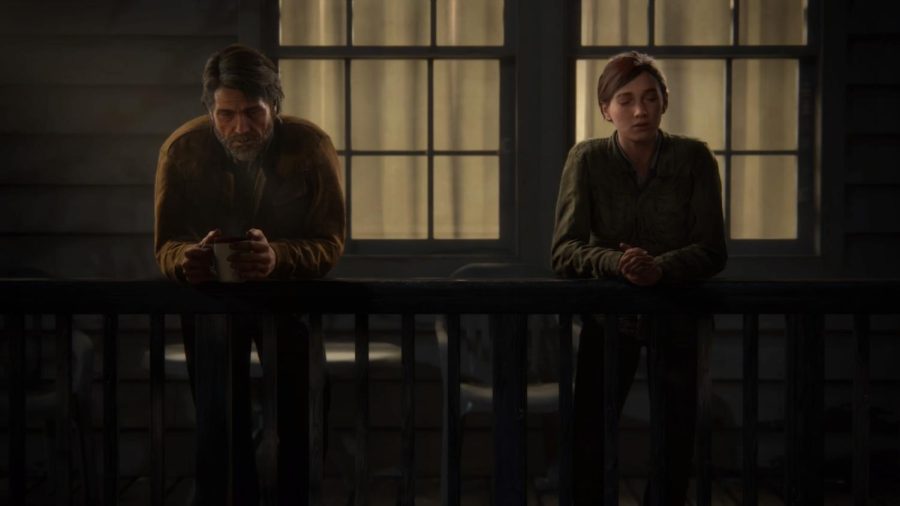
By day three, Ellie has adopted Seattle’s consuming darkness. The sky is dark, and a storm breaks through as she gets closer to Abby. The city is flooded, and it feels like everything is getting in her way to prevent her from carrying out this obsession, and in the end, the journey doesn’t take the player to Abby, but to two people who had nothing to do with Joel’s death. Ellie brutally kills them both.
Ellie has now become the thing she was trying to destroy. Someone who is so filled with hate and continues the cycle of violence instead of putting an end to it. Day three comes to an end when Abby shows up to Ellie’s hideout, and just when the climax of the game is about to happen, Naughty Dog throws the biggest right hook I have ever seen in a story.
Abby
After ten hours playing as Ellie, the game now puts the player into Abby’s shoes, the woman who killed Joel. Despite ruthlessly killing dozens of people, traversing terrible places and committing horrific actions, nothing feels more uncomfortable than playing as the person the player hates, and that’s the point.
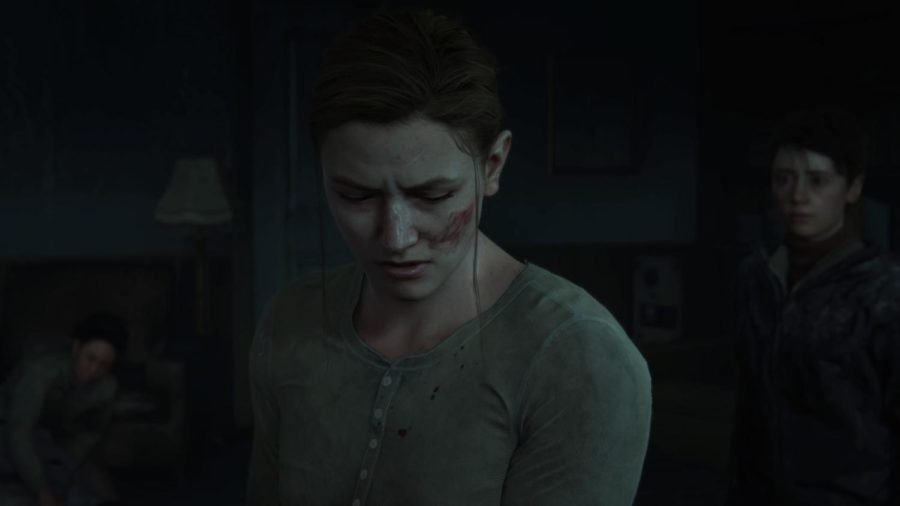
The game goes back in time to the first day in Seattle, and the player is forced to play as Abby and experience those three days from her point of view. The player explores the base of the W.L.F., the group that has been hunting Ellie, and is met with the harsh reality that they are normal people just like her. No other game pushes the player to understand the other side of the coin like this game does. At first, the player rejects it, but then curiosity sets in. Even though there is a bias toward Ellie and Joel, the player’s curiosity is stronger than that loyalty.
The player follows Abby as she struggles to survive in Seattle and meets people along the way who help her do so. At the end of the first day, the player gets an answer to their curiosity, Abby’s loss of humanity to hate. The game transitions to each new day with a nightmare Abby has of the death of her father. Killing Joel never stopped these nightmares. In fact, it made them worse. Abby’s nightmares only end once she learns the lesson Joel did in the first game, love.
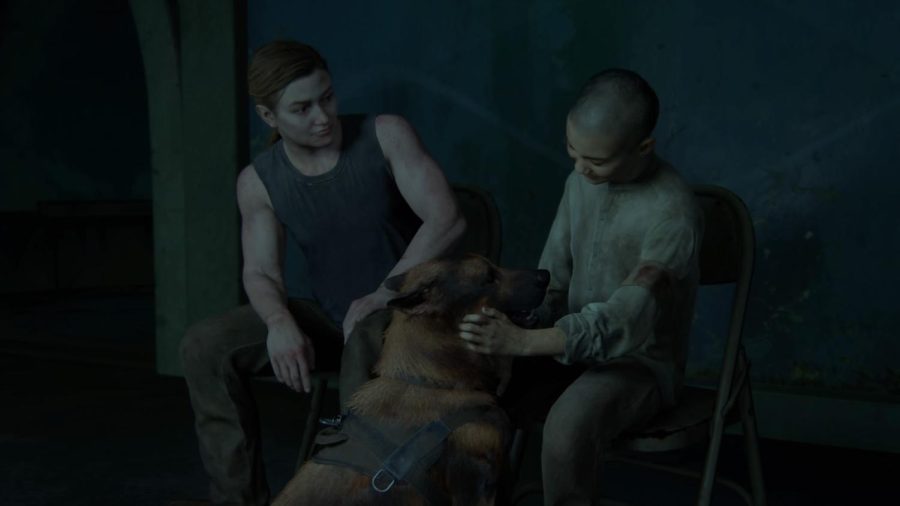
This realization is when Abby begins to grow on the player, as flashbacks show acts of love from her past and as she saves two kids, Yara and Lev. The game follows the same path as Ellie and Joel’s journey in first game, as Abby opens up to her humanity and vulnerability as she travels through Seattle with Lev. This is where the best gameplay segments take place, and it feels intentional. All the gameplay highlights are in Abby’s section, and it helps the player not only sympathize with Abby, but like her.
At the end of Abby’s section, the player and Abby are the ones in sync, as the goal is to now protect the people around Abby. In the biggest case of irony I have seen in the game, the greatest lesson Abby learns is from the man she hated the most, Joel.
Then, the game catches up to the climax when Ellie and Abby finally meet, and the player has to play as Abby while she fights Ellie. As bold as it is to have the player fight the protagonist, it totally works, as the player not only has the full story, but now doesn’t know what the right thing to do is. Ellie is the boss fight of Abby’s story, and Abby is dead set on killing her and only stops when Lev begs her to.
Only through love does the cycle of violence end, and for a moment, it does. But while Abby’s story is concluded, Ellie’s isn’t.
A soul-crushing ending
The ending is the most discussed and disputed aspect of this game. To get to this moment, when Ellie has Abby at her fingertips and the ability to finally kill her, only to stop at the last second and let her go.
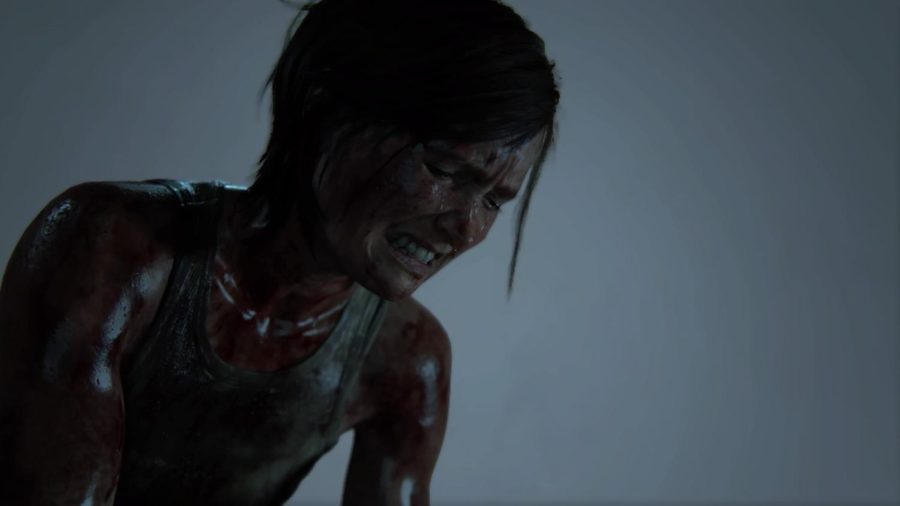
When I experienced this back in 2020, I was very confused. Even though I no longer had any malice to kill Abby, the only logical conclusion was for Ellie to commit to killing her. If the story wanted to follow through with the idea of the cycle of violence and hate spawning hate, Ellie would have killed Abby.
However, I love the ending we got.
This was a depressing game, with its largest theme being the cycle of violence, but there was another theme that was louder and more powerful than violence-empathy.
At the start of the game, I was in the same boat as Ellie. I was angry at Abby for killing one of my favorite fictional characters, and I wanted nothing more than to see her dead. As the game progresses, the player sees Ellie drifting away from Joel and Dina to carry out this revenge plot, committing horrible acts along the way and becoming an unrecognizable monster who has lost so much of her own identity, that killing Abby means nothing anymore.
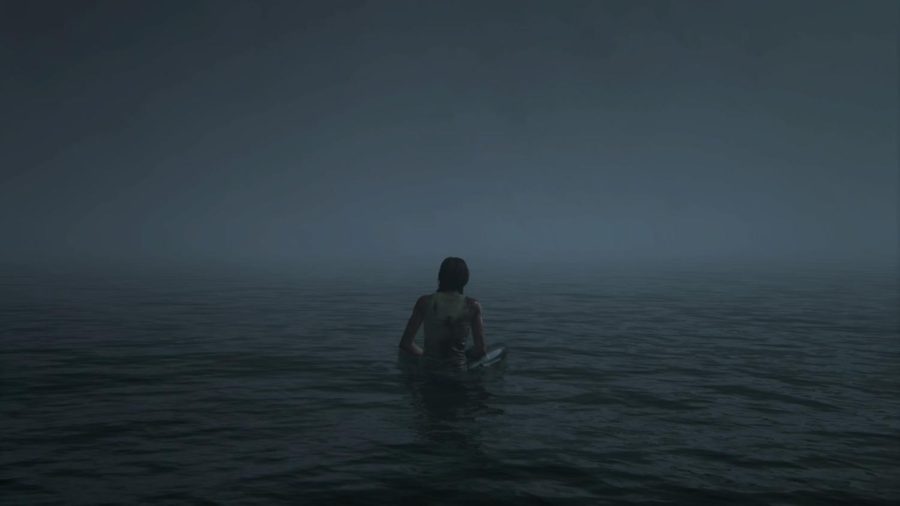
As I played as Abby, I still did not like her and I wanted her section over with. The more I played, the more I learned about Abby and her morals, her fears and her ambitions. I had fun going through Seattle and experiencing her victories as mine as well. She was no longer a monster under the bed who I cursed out every time she was on screen, she was a person with her own struggles and perspective, and in the end, Ellie saw that as well.
By killing Abby, Ellie would have wasted her one opportunity to understand Joel. Not only did he save her because of his own selfish desires, but because of his selfless love for her. This idea recontextualizes this game as well as the previous one.
Ellie spent the whole game trying to forgive Joel for the events of “The Last of Us” and understand the greater purpose he believed she had.
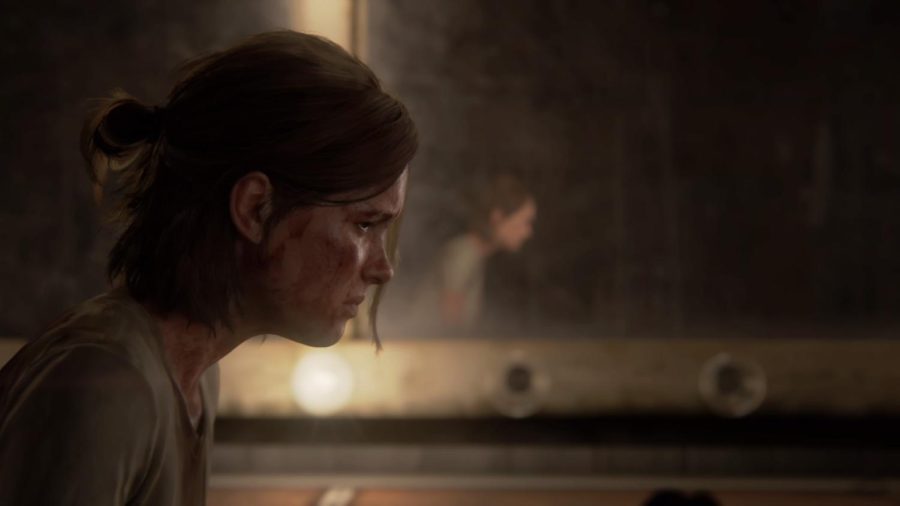
Only in the final moment, when Ellie is about to kill Abby — a point at which understanding Joel has never been more at stake — she finds clarity. That clarity is what Joel learns at the end of the first game and Abby learns at the end of her story, love. Not only the love she receives, but can show others. That is her purpose.
The entire plot of “The Last of Us Part II” was spawned out of hatred. Ellie may not know Abby like the player does, and sparing her life after nearly killing her may be far from what the typical person may call love. But the choice to let her live, to release the hatred that has been boiling ever since Joel’s death, is to finally accept that Abby is not much different than Ellie.
“Beyond Desolation”
More and more often, audiences are looking for a particular ending to the media they consume. They want to complete a show, movie or game, see the credits go on screen and go, “Wow, that was a great experience.” Alternatively, the ending might move them to some strong emotion and let the beauty of the experience wash over them. “The Last of Us Part II” is certainly an excellent video game and a very emotional story, but when I played through the game and the credits popped on the screen, I felt numb and empty.
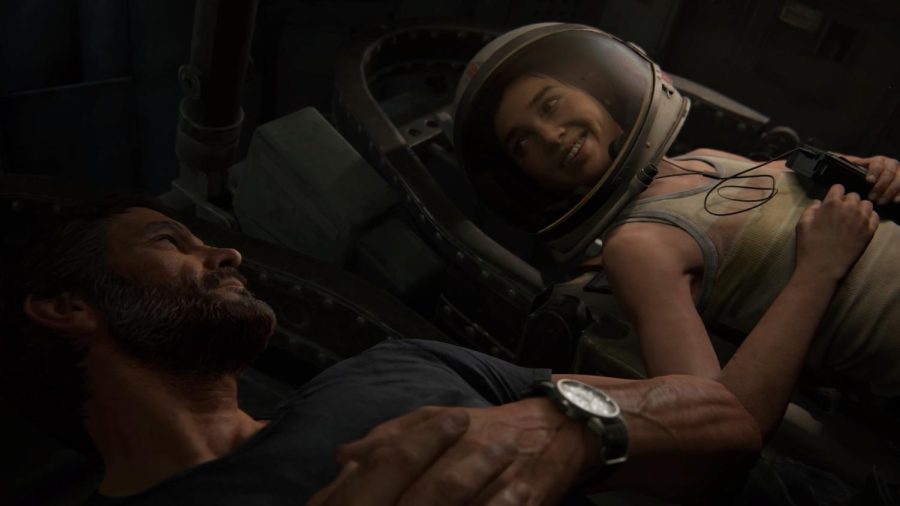
It’s impossible to not feel this way. Ellie starts the game having everything she could have wanted, only to lose all in the end. The loss is felt so realistically that it is difficult to react any other way to the ending, and that is the point.
The song that plays during the credits is fittingly named “Beyond Desolation.” If there was anything that could be described after playing through this game, it would be that. All the themes presented, from hatred and love to factionalism and empathy, mixed together so well and are so tragically human that it is nothing other than genius.
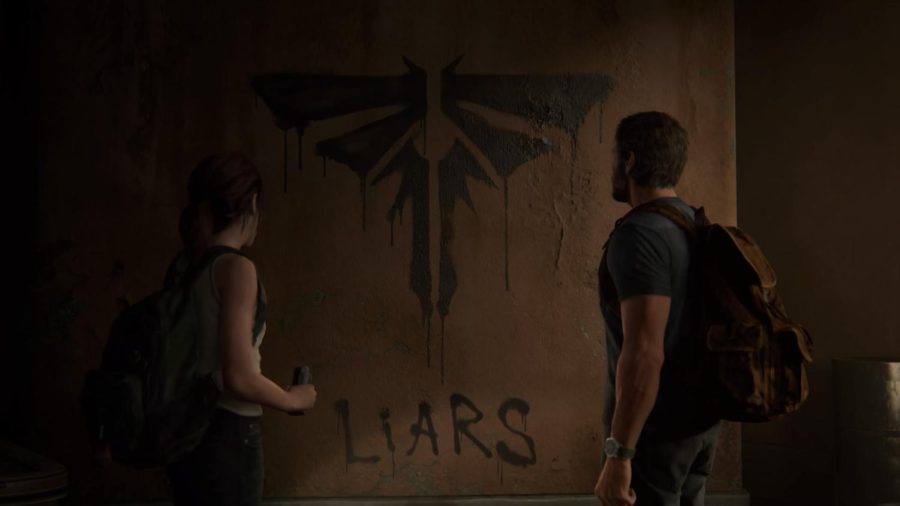
No other piece of media has connected with me like “The Last of Us Part II,” and I believe this because it is one of the few games that actively challenged my way of thinking. This game demands a level of emotional maturity that is unrivaled in any other media I have experienced. The constant push to make the player uncomfortable and think about the shade of gray that exists between good and evil is something that breaks the foundation of escapism, the foundation of why most people love media.
Hate and love are on the same spectrum, and while the first game showed the player Joel learning to love again through others, “The Last of Us Part II” showed the player Ellie learning to love again through empathy and change. “The Last of Us Part II” sets the bar for video game storytelling because it presents the complexity of love and hate while showing the humanity behind it all.

